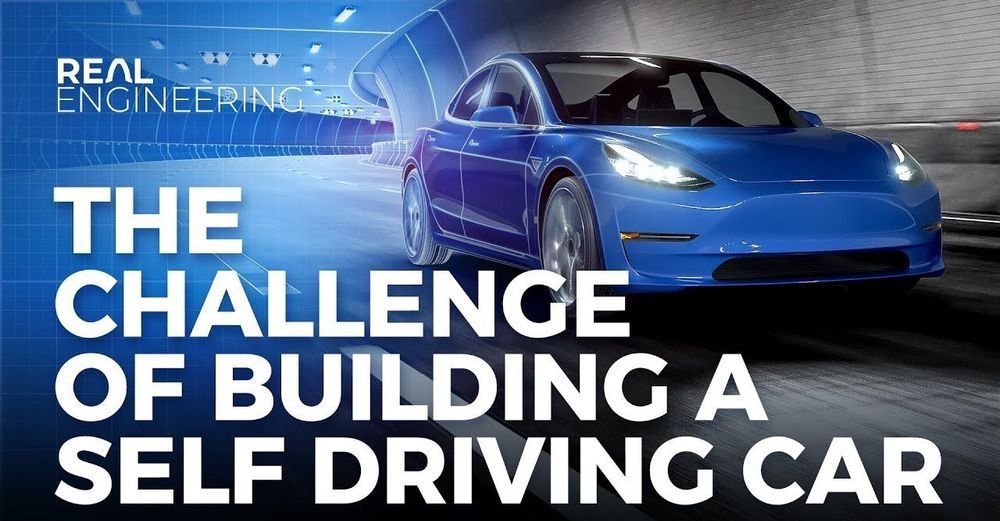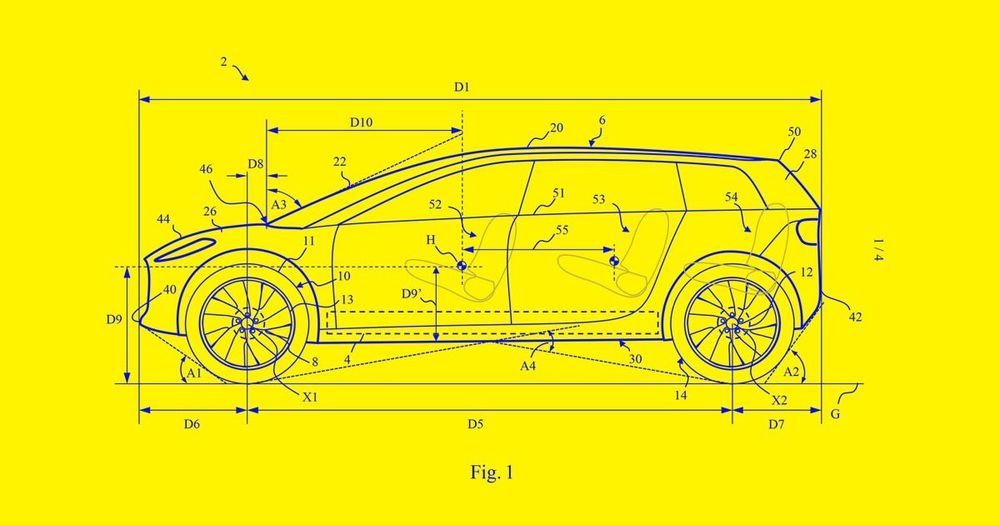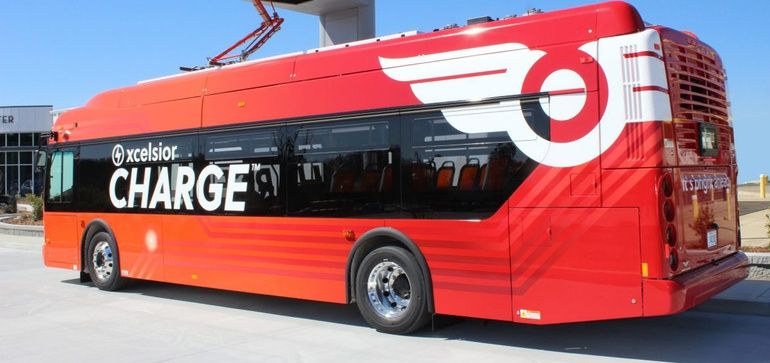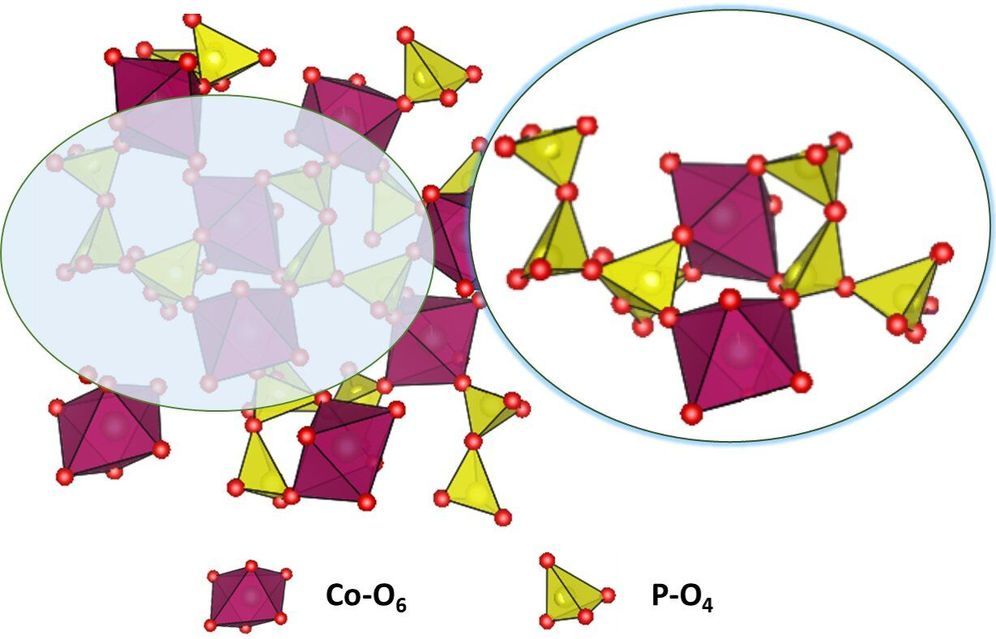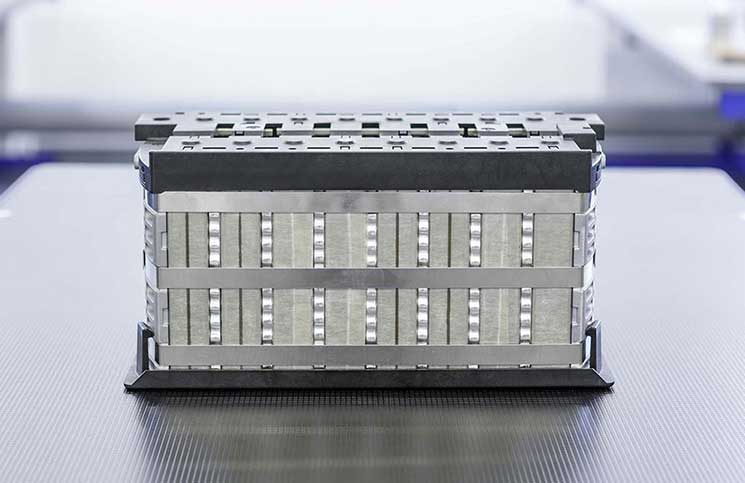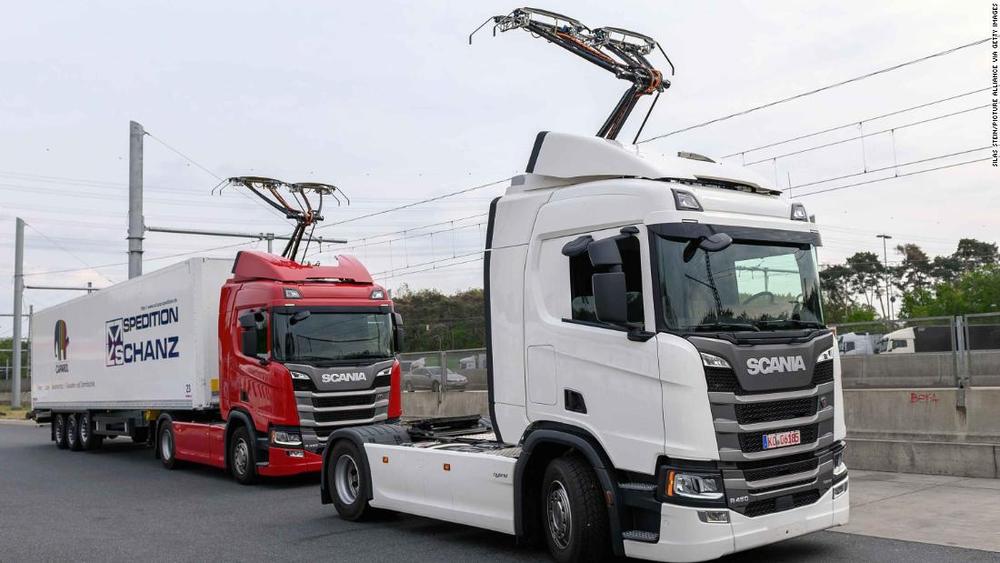Robotics ground controllers in NASA’s Mission Control Center at the agency’s Johnson Space Center in Houston successfully replaced a failed Main Bus Switching Unit (MBSU) on the International Space Station with a spare using robotic operations on Thursday, May 2. The operation to replace the failed unit was conducted using the station’s Canadarm2 and Dextre, both part of Canada’s contribution to the International Space Station.
Using complex robotic work to perform critical maintenance allows astronauts to spend more time working on scientific experiments and helps develop better technologies and procedures for future human and robotic exploration beyond low-Earth orbit.
“Developing new robotic systems is extremely important to get our astronauts back to the Moon by 2024,” Robotics Operations Systems Officer Mike Ferullo said. “The techniques and methods that we are developing with Dextre and Canadarm2 are directly applicable to future missions, and the construction and repair of any Moon-based mission will be done with robotics wherever possible. It’s an extremely exciting time to be involved in space robotics.


